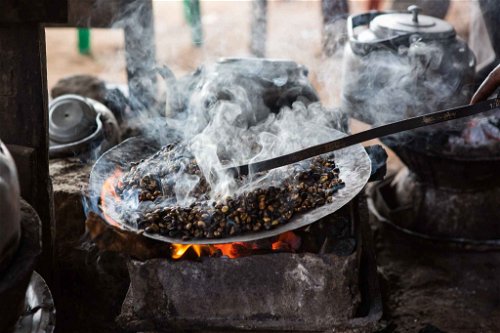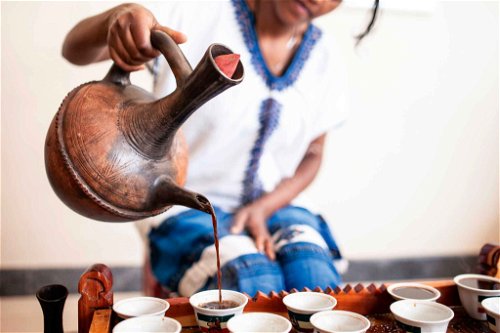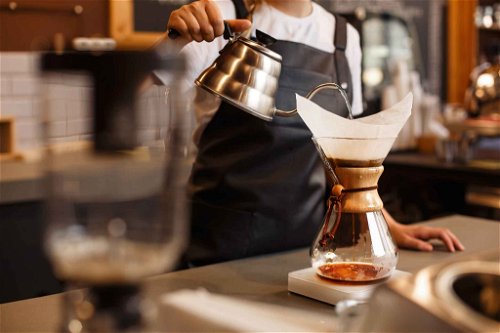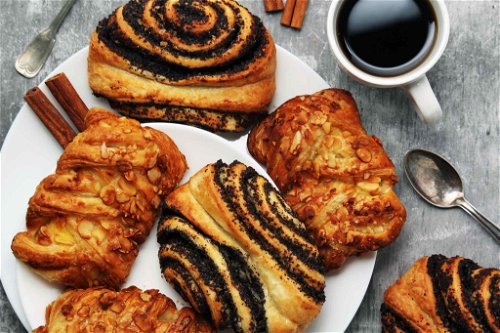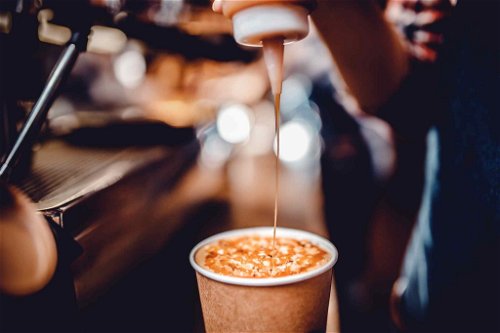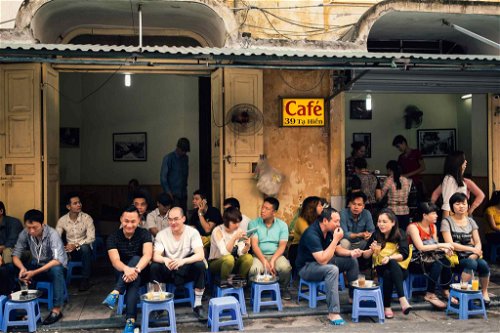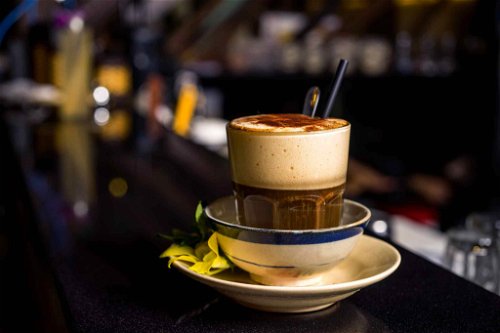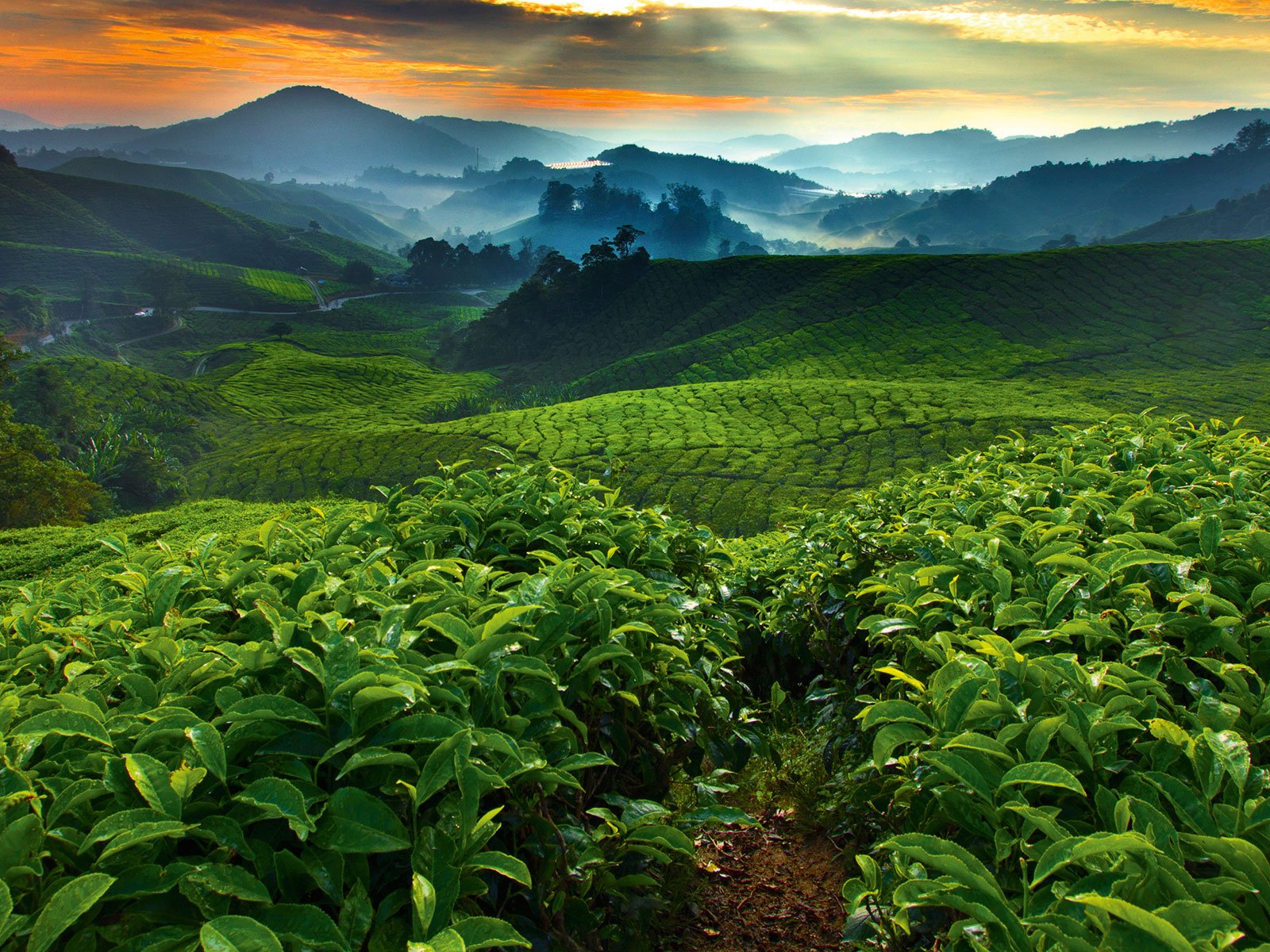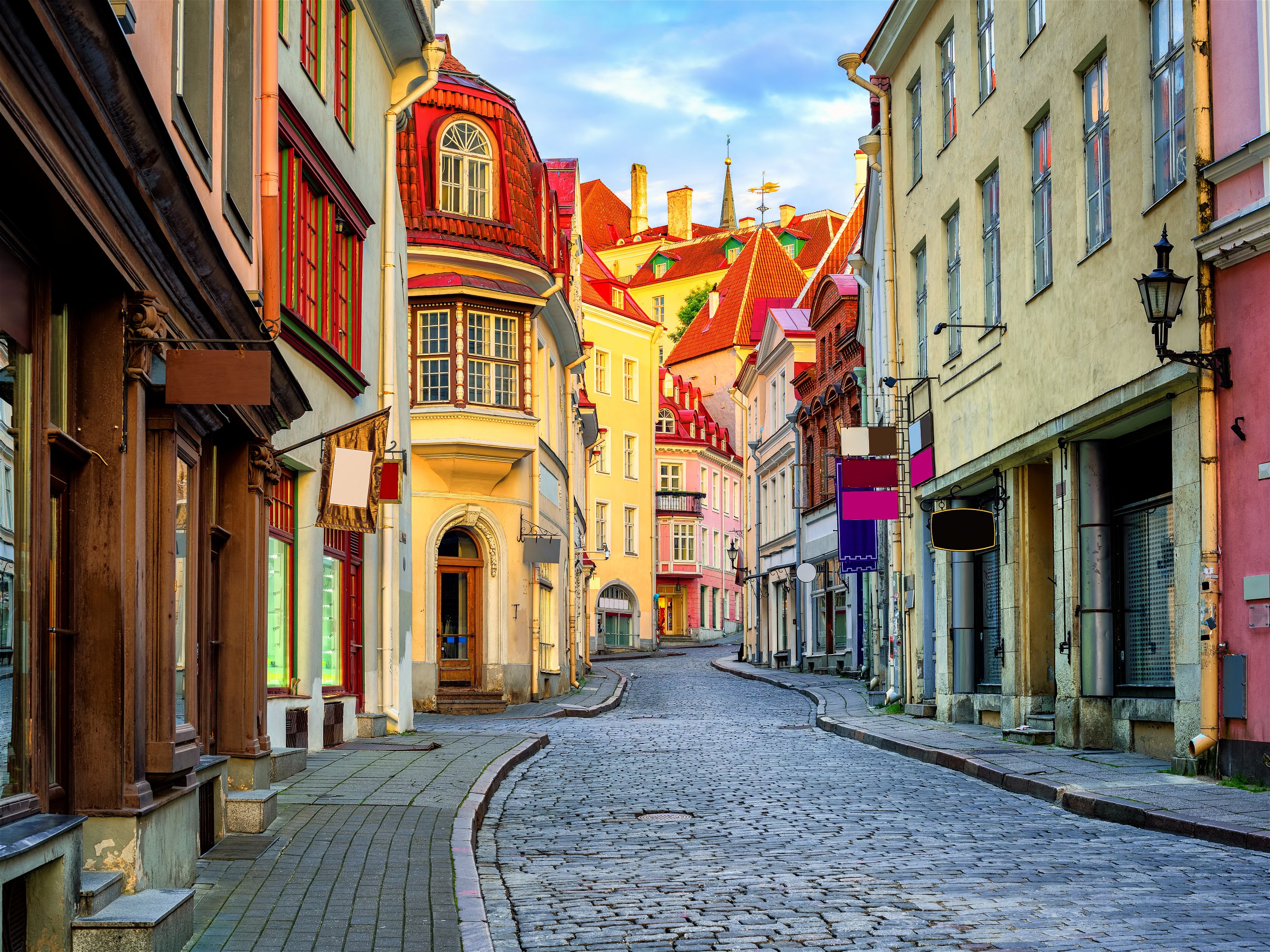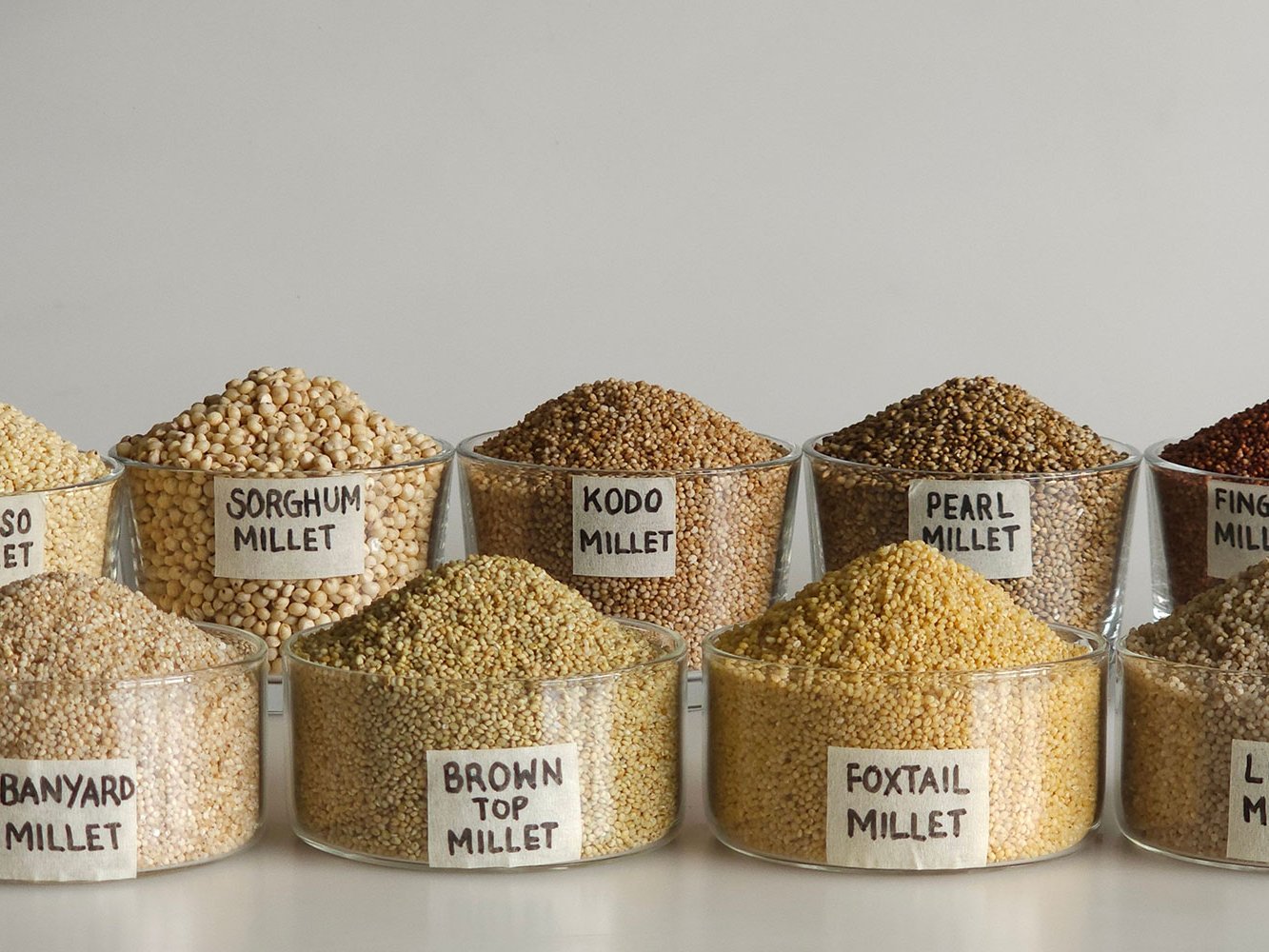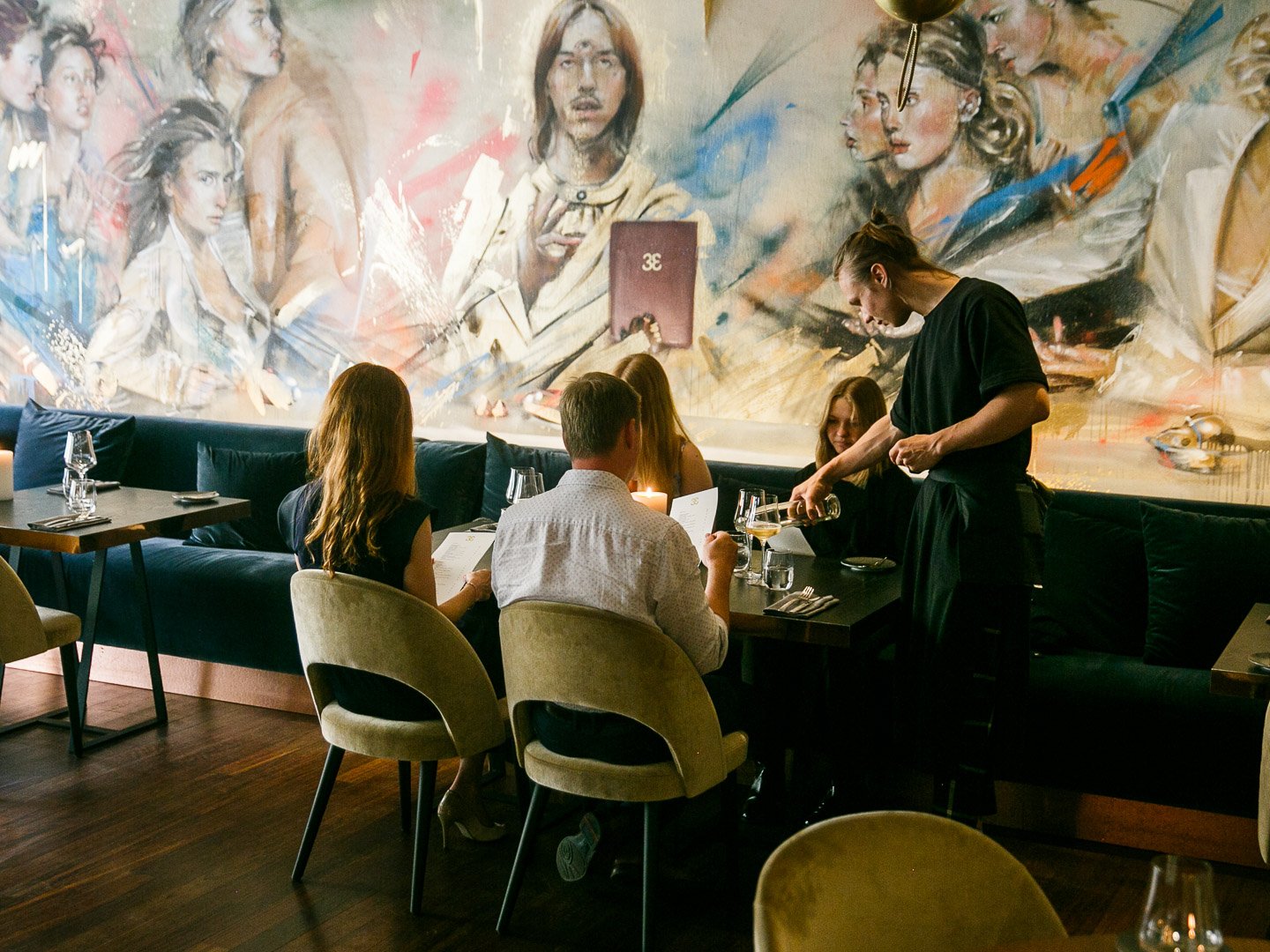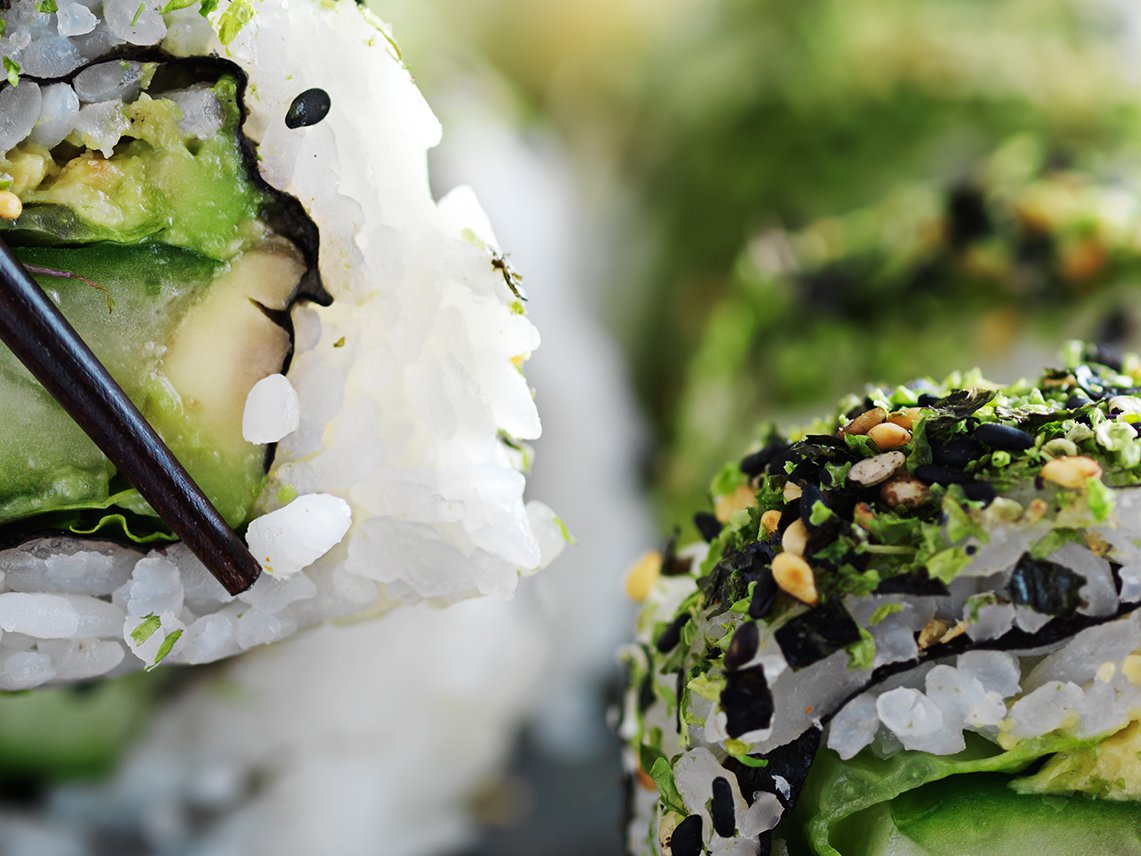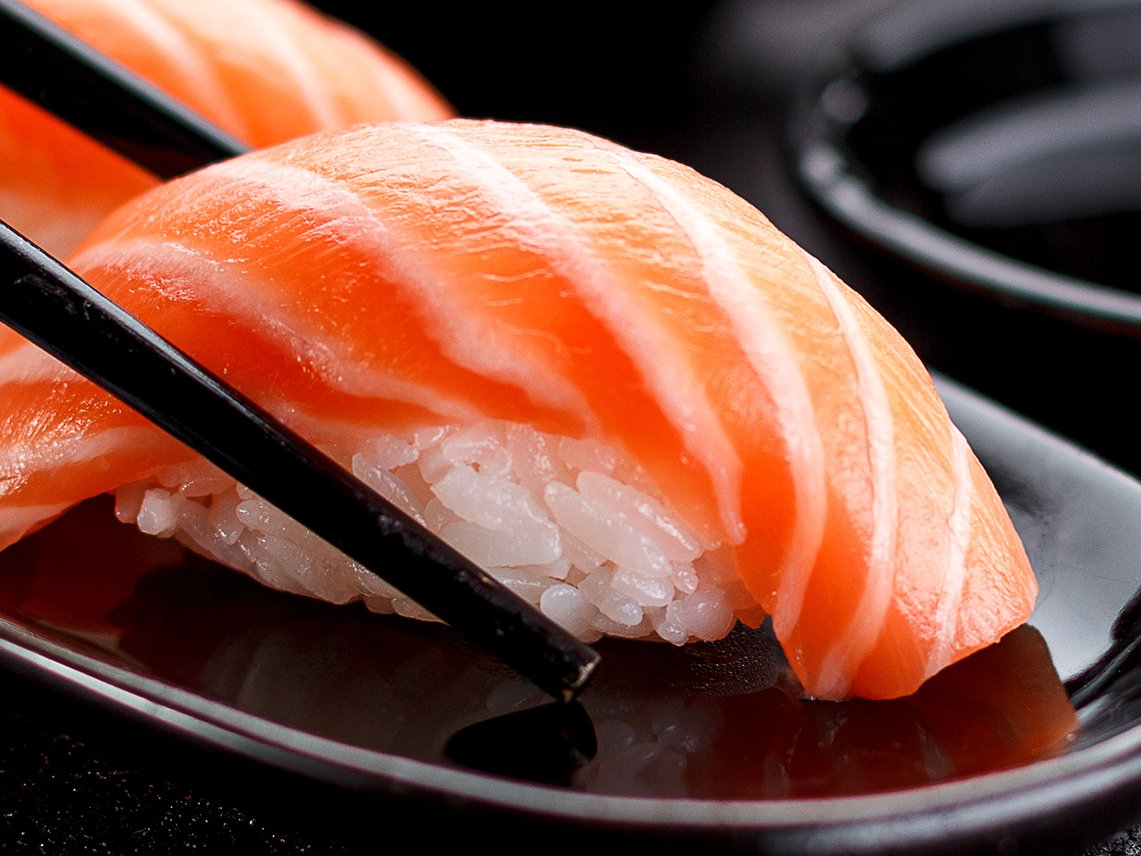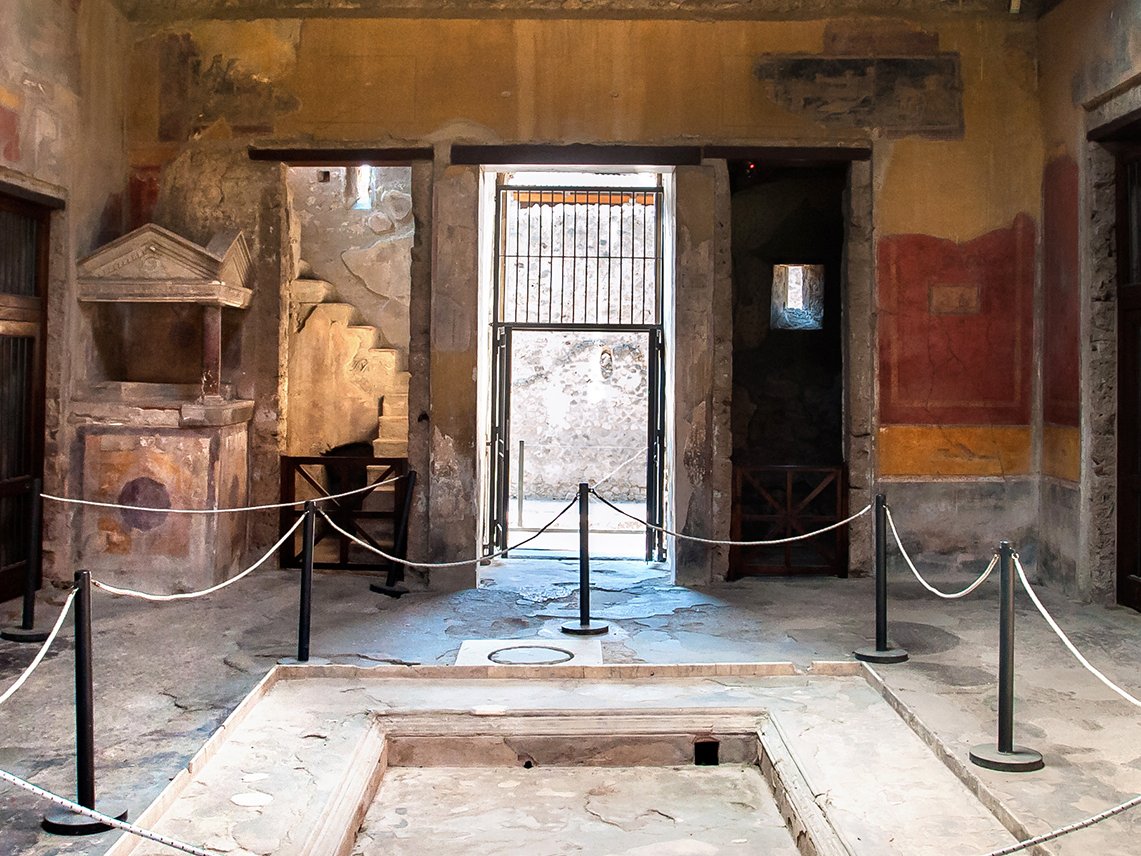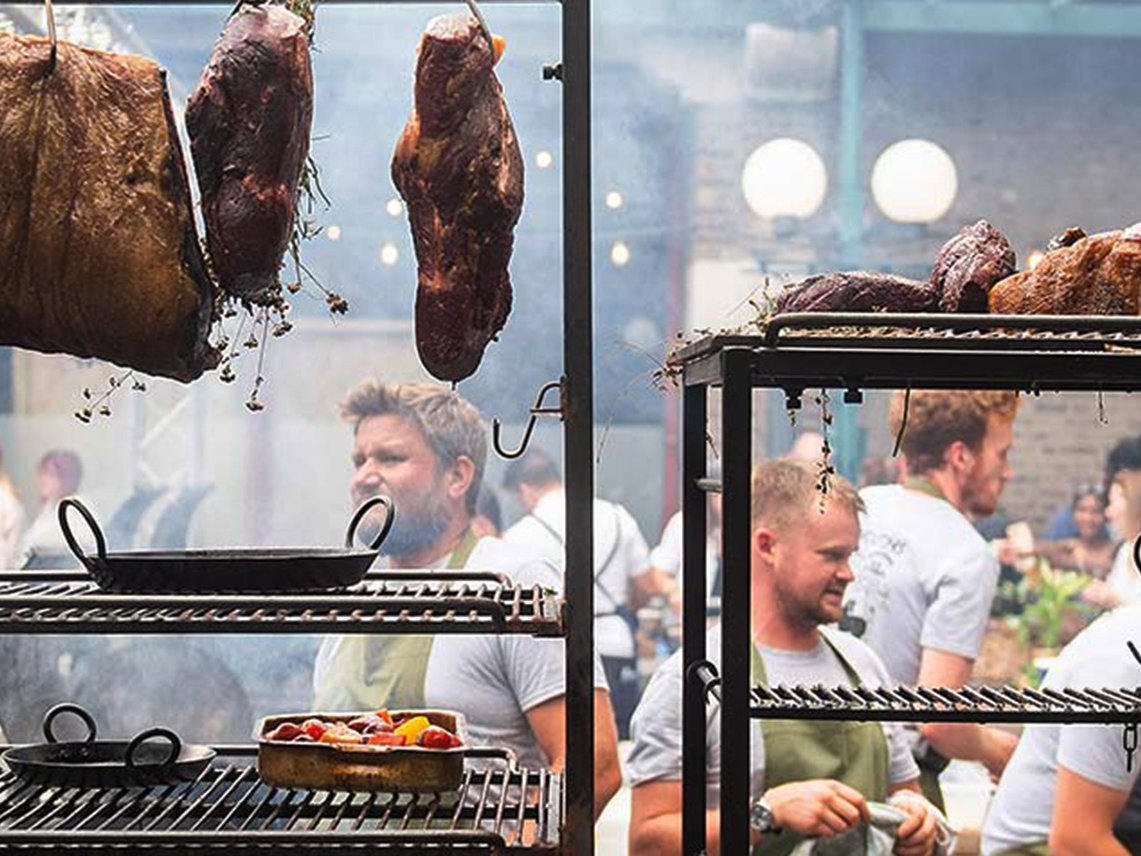Coffee Enjoyment: Diverse Customs from around the World
How do people in Ethiopia enjoy their coffee and why is espresso so popular in Italy? Here is a caffeine-soaked overview of coffee habits around the world.
Tim Wendelboe is a Barista world champion, excellent taster and owner of a coffee shop in Oslo, Norway. He could drink perfect coffee every day with the temperature of the water precisely controlled to the degree, beans ground by the gram and brewed with a stopwatch. But when asked by Falstaff which coffee culture he likes best, Wendelboe answers "Ethiopian" – and it couldn't be further from machine perfection. Drinking traditional coffee in Ethiopia, the home of the coffee bean, usually takes several hours.
First, the beans are roasted in a pan over charcoal, which releases a beguiling aroma. Then an earthenware pot, the jebena, is placed in the embers. Meanwhile, the coffee beans are pounded to powder in a mortar and mixed with a little water then poured into the jebena. Once heated, the coffee is poured into small cups filled with sugar.
The first of three rounds begins, and you can already guess how fantastic the coffee tastes from a distance. Even without being there, you understand why a professional like Wendelboe is so fascinated by the Ethiopian ceremony. Drinking coffee goes far beyond consumption. It is a ritual that varies from nation to nation and culture to culture, but almost always has to do with community and social exchange.
Coffee as a cultural magnet
In Austria, people have centuries of experience with the communicative aspect of coffee drinking. Viennese coffee houses are places where "time and space are consumed, but only coffee is on the bill", as UNESCO poetically put it when it recognised Viennese coffee house culture as an intangible cultural heritage in 2011.
Since the end of the 17th century, the public – until 1856 exclusively men – met in the coffee houses for hours of discussion. The inviting atmosphere characterised by high-backed benches, a large selection of newspapers and the characteristic marble tables, played a large part in this. Coffee houses were a particularly popular meeting place for writers, artists and intellectuals; Leon Trotsky, Sigmund Freud and Gustav Klimt were frequent guests and drew inspiration from them.
It is less well known that the precursor of one of the most popular coffee specialities also originated in Austria. The kapuziner, a small mocha with a dash of cream and a topping, spread from Austria to northern Italy before becoming famous – slightly modified and with the Italianised name of cappuccino, but more on that later. Coffee demonstrates what is true for all luxury food items; borders may exist on paper, but they cannot prevent their spread.
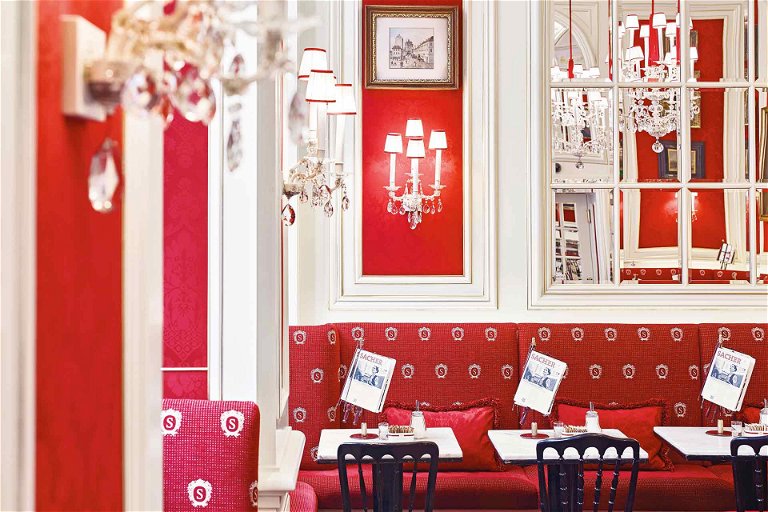
Swedish coffee break
Interestingly, coffee beans arrived in Sweden at about the same time as in Austria, namely in the second half of the 17th century – but the new drink was received quite differently. Although popular among the upper classes, coffee was subject to a royal edict, then to high taxes and finally to prohibition.
Which is all the more astonishing given the popularity of coffee in all Scandinavian countries today. No nation drinks more filter coffee than the Finns (twelve kilograms per year), Sweden is in sixth place, and in between, close together, are Norway, Iceland and Denmark.
Star barista Tim Wendelboe explains this popularity with the darkness and cold that define life for many months of the year. "Also, the water is very good, low in calcium and other minerals." In Sweden, you may be invited to a fika, a coffee break that usually includes a piece of cake or a fragrant cinnamon bun, the kanelbulle.
In private households, fikas are just as much a part of the daily routine as they are in the office, they are an essential part of personal well-being. Appropriately, in Copenhagen, Oslo and Stockholm you will find some of the best cafés in the world, serving filter coffee, espresso and the like, all of the highest quality.
Italian efficiency
Which brings us to the country that stands for coffee enjoyment like no other in the world – Italy. The bars and their uniformed baristi in Trieste, Turin or Milan embody elegance and style, and an espresso standing at the marble counter gives even tourists a touch of italianità. It becomes less romantic when you realise that the espresso was actually an invention to speed up what had hitherto been a leisurely coffee-drinking experience.
Luigi Bezzera invented the first commercial espresso machine in 1901, which was significantly improved within a few years. This made it possible to sell small quantities of coffee at low prices, and the foundation for a mass market was laid.
The espresso machine had yet another advantage for the operators, writes Mark Pendergrast in his standard work on coffee, Uncommon Grounds. In its concentrated form, espresso covers up defects in the beans and the inexpensive Robusta variety even provided the better crema.
The continuously improved espresso machine increasingly became a symbol of the fast, hectic modern age, and by the 1950s, espresso bars were in vogue everywhere, even in New York and London.
The Italians, however, see the cappuccino, so beloved in this country, less as a coffee than as a small meal. After eleven o'clock in the morning, they traditionally do not drink any milk-based beverages, as it impedes digestion.

Syrup as an ingredient
As is well known, the Americans don't see things in such a purist way. The mother country of take-away caffeine stands for the custom of putting all kinds of ingredients into their coffee - the great success of chains like Starbucks is not only due to the coffee, but also to syrups, cream, marshmallows, chocolate sprinkles and a whole host of other ingredients.
Nevertheless, the US has done well for coffee culture, some of the best roasting machines in the world now come from the States. And as far as the additional ingredients in coffee are concerned, it is well known that other countries are following suit.
Breakfast in a glass
The Vietnamese speciality Càphê trúng contains not only Robusta coffee beans, sugar and condensed milk, but also egg yolk. It came about during a milk shortage in 1946. Egg yolk is beaten with sweetened condensed milk for about 10 minutes until it makes an airy, creamy, meringue-like fluff. This is then slowly poured on top of hot espresso, or an iced coffee which results in a dreamy, creamy consistency. Breakfast in a glass.


